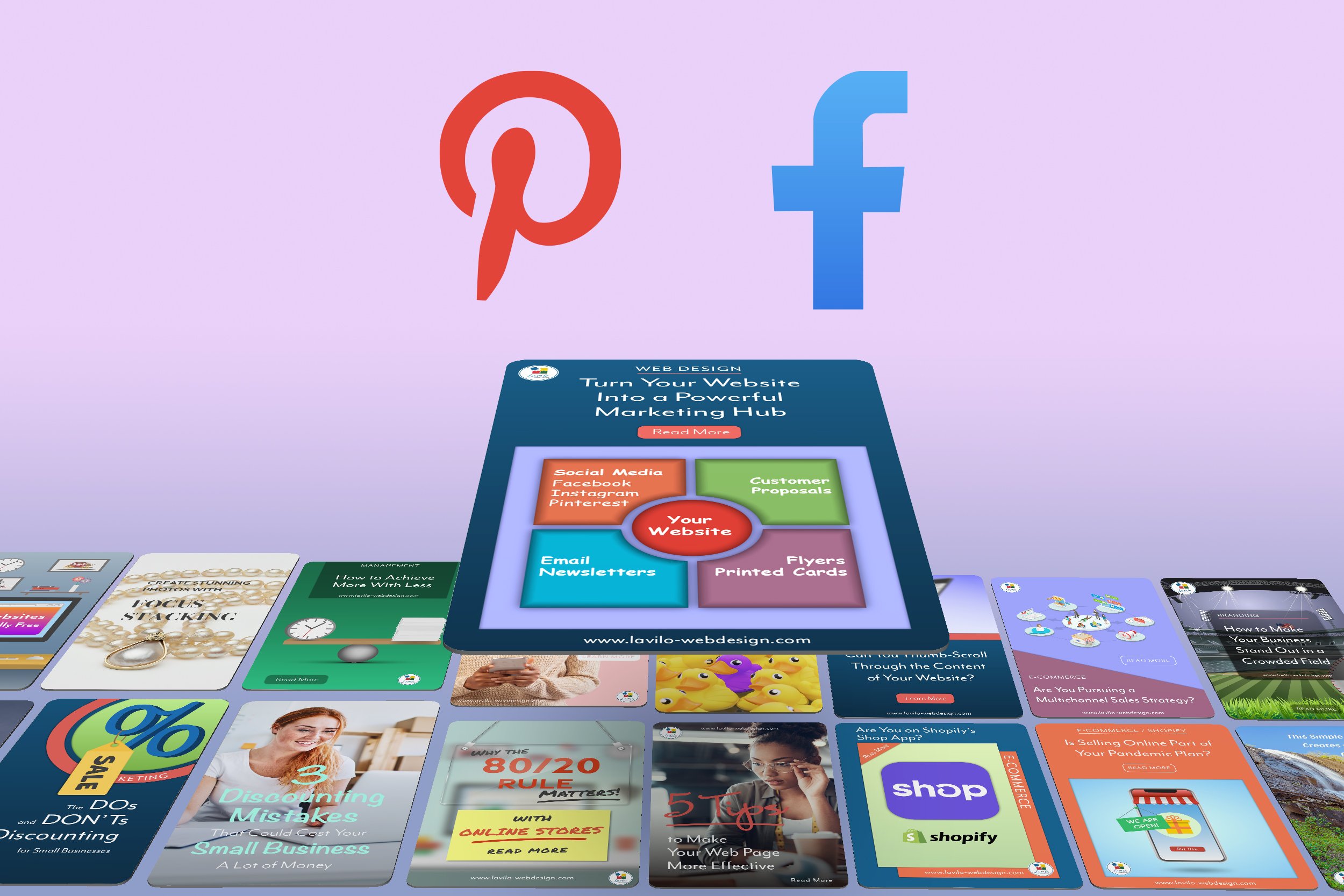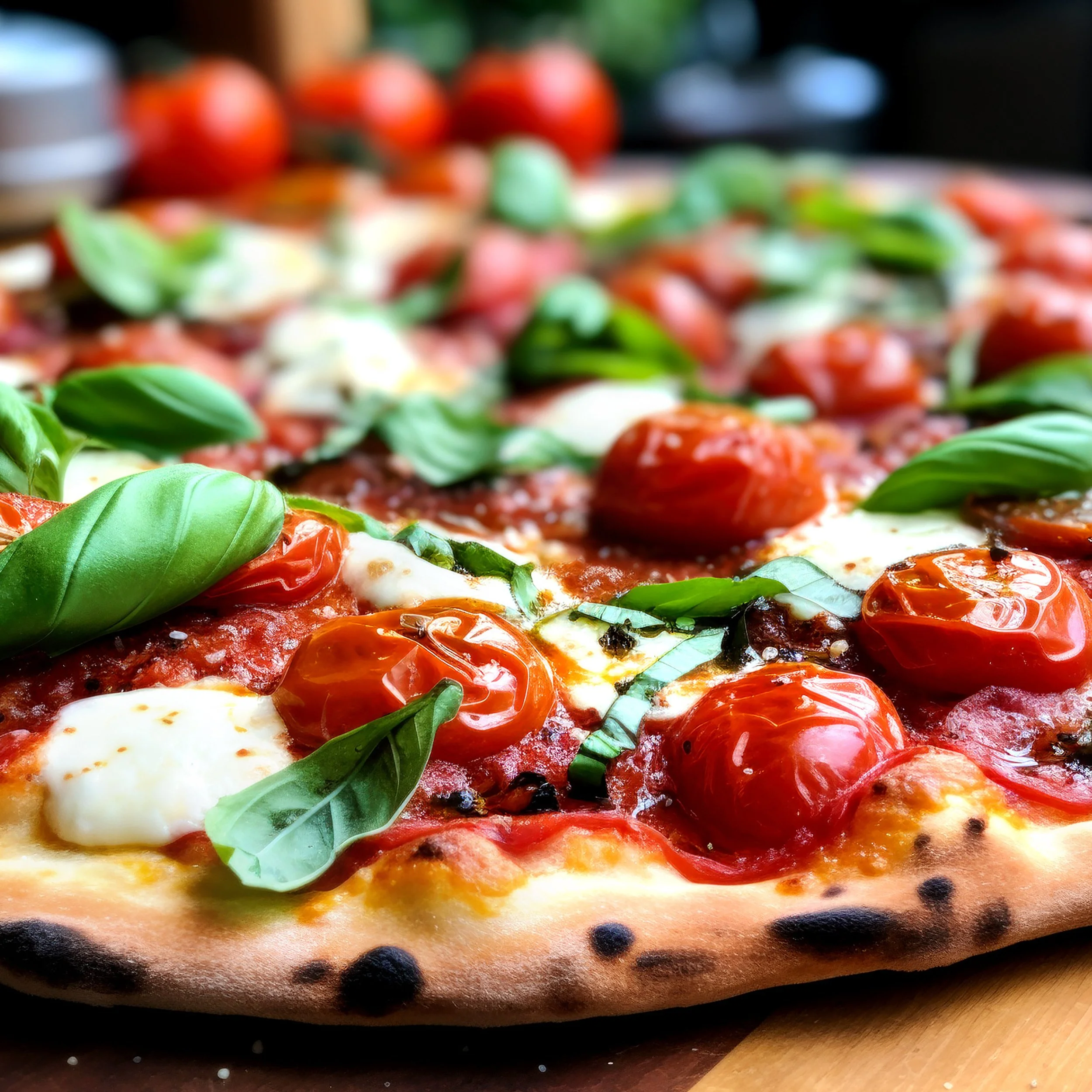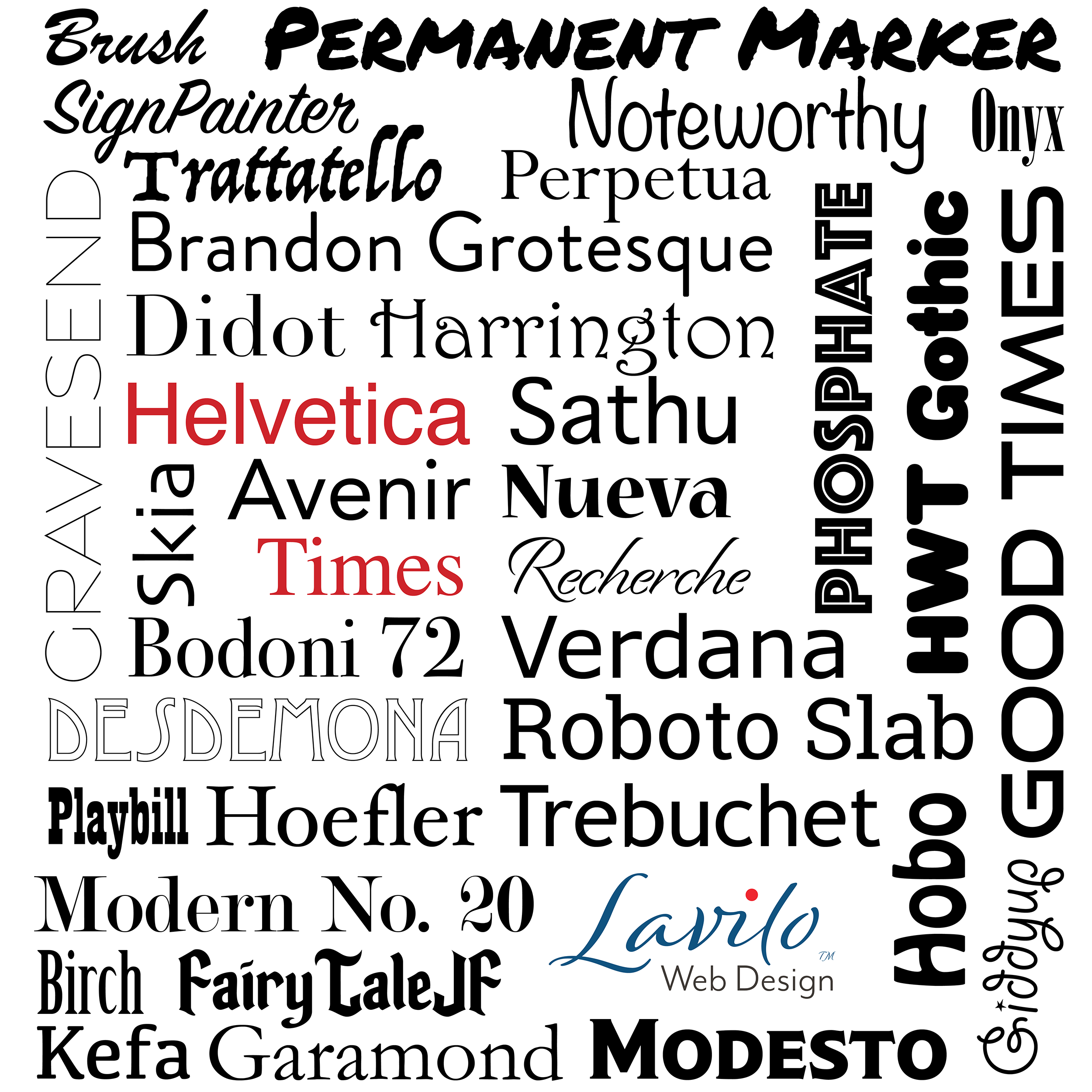How to Succeed on Social Media
You have probably read these headlines many times before: "Make $1,000 a Day on Social Media", "My 5 Secrets to Beat the Pinterest Algorithm," or "10 Tips to Grow Your Followers Fast."
When you read this article, you may ask yourself the same questions I was: When you invest so much time creating Pinterest pins or Facebook posts, what would it take to be as successful on social media as these glaring headlines are promising?
Before starting on Pinterest and Facebook, I tried to get as much information as possible to do everything correctly right from the beginning.
Unfortunately, there is not much information from the social media companies, other than the no-brainers to create high-quality content and post regularly. Ah, and they repeatedly stressed that I must open a business account if I was a business instead of a personal account and that failure to do so would violate their terms and conditions, leading to the suspension of my account.
So, I dutifully complied and opened two business accounts with Pinterest — one for our web design business (@lavilowebdesign) and the second for our travel book (@lavilotravelbook). I also created a business account on Facebook (@lavilowebdesign). Please check them out and let me know what you think.
After watching countless YouTube videos and reading blog posts from the folks who, according to their claim, already make a killing on Pinterest or Facebook, I got to work.
Here are my findings:
In its broadest sense, Pinterest is a visual search engine, much like Google but with pictures. Pinterest calls them PINS. There are three main categories: a Standard Pin, an Idea Pin, and an Ad Pin. As I have not played with Ad Pins yet, I focus on Standard Pins and Idea Pins.
Standard Pins: Touted as a bloggers haven by the experts, a Standard Pin can feature a single picture with a headline, a video, or a five-slide carousel. What's great about it is that you can link the pin back to an article on your website by adding your URL. No wonder why bloggers love this feature. You can also schedule it up to two weeks in advance, which is very convenient.
Idea Pins: Pinterest introduced this pin-type in early 2021 to keep users on Pinterest without directing them to other websites like Standard Pins. You can include up to 20 "slides" in an Idea Pin, consisting of images or videos. You can even add music to them. However, you cannot schedule them in advance. In the tutorials, the Pinterest expert community consistently said that the Pinterest algorithm — the engine that decides which user sees which pin in their feed — now favors Idea Pins over Standard Pins. They also proclaimed that Idea Pins are the fasted way to increase your followers. Count me in, I thought; I wanted to increase the number of my followers. So, I created a lot of Idea Pins for both of my sites, Lavilo Travel Book (@lavilotravelbook) and Lavilo Web Design (@lavilowebdesign).
What I first found was that Idea Pins matched the hype.
I posted an Idea Pin, and the Pinterest algorithm showed my pin to thousands of users, increasing the number of impressions. In Pinterest terminology, the number of impressions measures how often the algorithm shows a pin to users.
Some users watched my pins, liked them, even saved them. Very cool, I thought.
In the following weeks, I spent a lot of time creating more content for Idea Pins. After I posted them, I could watch the number of impressions increase consistently — a phenomenal instant reward system.
Until, one day, it stopped.
Whatever I posted, the impressions did not move at all. My wife, who is following both accounts on her own Pinterest account, wouldn't even see my pins in her feed. Both @lavilotravelbook and @lavilowebdesign just vanished.
Perhaps, it is just an aberration, or I somehow upset the algorithm — I will never know.
However, there is an essential lesson for every business owner who has placed or is about placing social media at the center of their marketing strategy: the algorithm can suddenly change and will not display your content the way it did before, with potential implications on generating your sales leads.
You can complain or be upset — as I was —; there is nothing you can do.
Given Pinterest's constant suggestions to hire an advertising expert, there seems to be a way out. Pay Pinterest to promote your content.
This brings me to my second social media adventure — Facebook.
Facebook works differently than Pinterest as it consists of a timeline of individual posts. A post can be a photo, a link to a blog post, a video, or a photo album. Lured in by the experts and their auspicious claims, I tried them all, hoping to grow the number of my followers. I posted videos, photos, even a photo album.
Here is what I found. As I have a business account (@lavilowebdesign), the Facebook algorithm only displays my posts to 10-15% of my followers — unless, of course, I boost my post with adequate dollars, which Facebook constantly urges me to do. One day, I gave in and boosted my post. I did it multiple times with different posts over several weeks. While the reach increased significantly, it never got to the level indicated by Facebook before I boosted my post. Overall, I found that the results were underwhelming and not worth our money.
Conclusion
As a business, Pinterest and Facebook — I may go on a limb by extending my findings to all social media — expect you to pay to promote your content. That's how Facebook will generate a profit of over $40 billion in 2021.
Even if you are prepared to spend considerable advertising dollars with social media, your business is still exposed to any sudden algorithm changes, which can upend your entire social media strategy.
Suppose you still decide to invest in social media. In that case, I recommend staying flexible, being prepared for unforeseen changes in the algorithm, and expecting to pay for social media experts helping you navigate the treacherous terrain.
So, how do you succeed on social media? There is always room to find better pictures, create more brand-compliant designs, or write more actionable copy. They all can make a difference, albeit only at the margin. Most importantly, your post has to appear in people's feeds. If you are not prepared to spend big on advertising to promote your content to win followers, your results will not live up to your expectations. You also have to keep spending to ensure that your content won't disappear from users' daily feeds.
In my view, there are better ways to get more customers, especially for online stores. I recommend a well-written informative weekly newsletter or a professional loyalty program that includes rewarding new customer referrals.
For our company, we concluded that we would continue to post on Pinterest and Facebook but without placing these two platforms at the center of our marketing strategy or spending a lot of money on advertising. But that is a personal decision.
If you happen to use Pinterest or Facebook, check out my sites and perhaps follow me: @lavilowebdesign (Pinterest and Facebook) and @lavilotravelbook (Pinterest). Thank you.











